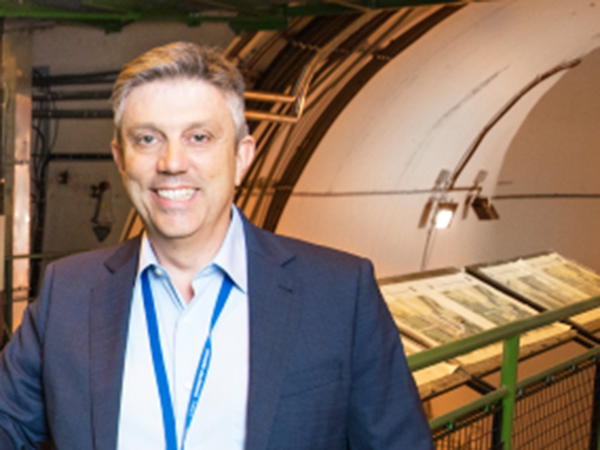
Designed to measure the behavioural differences between matter and antimatter at LHC energy levels, the LHCb experiment at CERN records the decay of B mesons, unstable particles containing a b antiquark and a quark of another type (up, down, strange or charm), produced in large quantities in high energy collisions between LHC beam protons. In particular, LHCb investigates the reasons for the absence of antimatter particles in the current universe that are thought to have been very abundant shortly after the Big Bang. Physicists believe in fact that by studying and comparing the decays of B mesons and of the corresponding B anti-mesons, it is possible to obtain important information on the differences between matter and antimatter. Among the challenges taken up by the international head of the experiment, Giovanni Passaleva, is also the one of taking LHCb to its next upgrade, a performance improvement of the detector, starting in 2019, which will allow phenomena that could pave the way for new discoveries to be explored with even more extreme precision.
LHCb was created with a defined objective, eventhough the scope of the experiment is very broad. A fascinating and difficult objective: reveal the mystery of the current asymmetry between matter and antimatter. What are the hypotheses underlying the LHCb research program?
According to what we know today about the elementary particles and the forces with which they interact with one another, we can say that in the first moments of the life of the universe after the Big Bang, there was perfect symmetry between matter and antimatter. This symmetry disappeared during the evolution of the universe, so much so that today it consists almost exclusively of matter, while antimatter is produced only for brief moments in nuclear reactions or particle collisions in accelerators or in cosmic
...
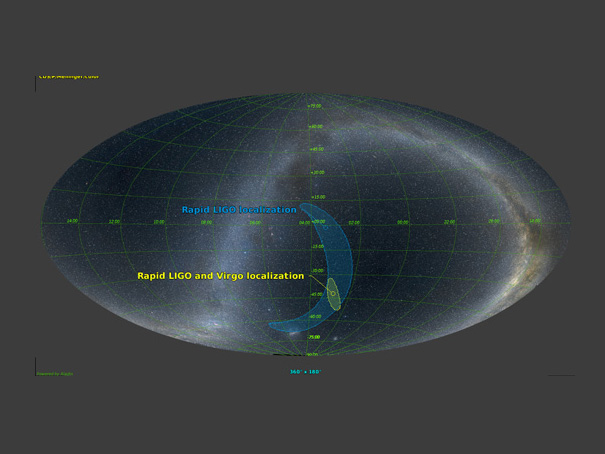
The VIRGO collaboration and the LIGO Scientific Collaboration reported on September the 27th, during the G7 Science and Technology Summit in Torino, the first three-detector observation of gravitational waves. This result highlights the scientific potential of a global network of gravitational wave detectors, by delivering a better localization of the source and access to polarizations of gravitational waves. ...
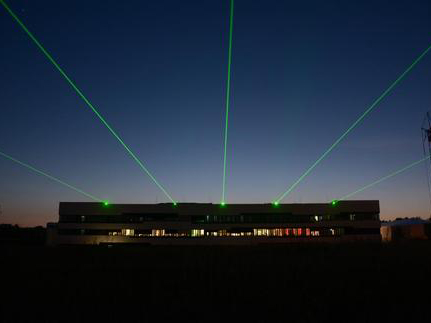
On September 1 in Hamburg the European XFEL, the European super microscope implemented also thanks to the Italian contribution with INFN, was inaugurated. This is a free electron laser that will allow the structure of macromolecules in action to be observed. Unlike traditional techniques for determining the structure of a macromolecule through X-rays, the European XFEL can also analyse non-crystallised macromolecules. ...
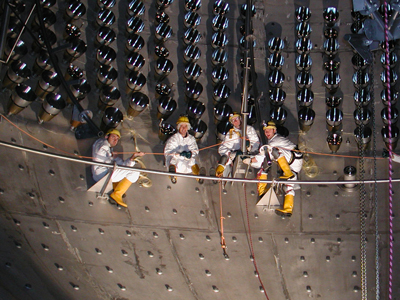
For ten years, in the bowels of the Gran Sasso mountain, the Borexino experiment has been scanning the sky above us and the heart of our planet, installed at the INFN Gran Sasso National Laboratories (LNGS). The tenth anniversary of Borexino's full operation and collection of scientific data ...
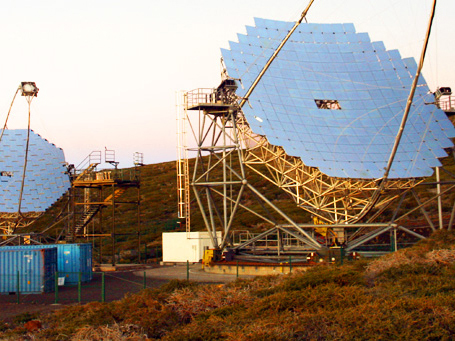
For decades, scientists have thought that galactic cosmic rays were accelerated, up to the highest observed energies, in what remains after the explosion of a supernova. Today, the MAGIC (Major Atmospheric Gamma-ray Imaging Cherenkov) telescopes, in which Italy is participating with INFN and the Italian Institute for Astrophysics (INAF) ...
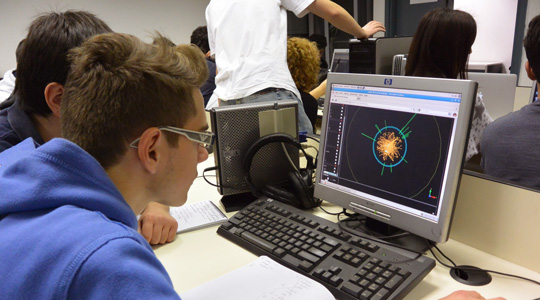
There are numerous initiatives in which the Italian Institute for Nuclear Physics (INFN) collaborates which are addressed to high school students throughout Italy, in which youngstudents have the opportunity to become acquainted with frontier particle physics research, discussing with their peers abroad. ...
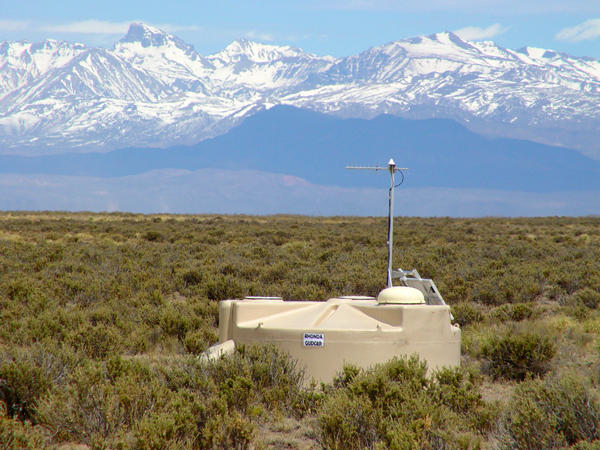 MESSENGERS
FROM DISTANT GALAXIES
MESSENGERS
FROM DISTANT GALAXIES
A result published in September in Science by the Pierre Auger Observatory situated in Argentina, in Mendoza Province, answers questions that scientists have been asking for half a century. Where do high energy cosmic rays come from? Are they produced in our galaxy or do they come from distant galaxies? Auger's recent results clearly indicate an extragalactic origin of these particles, an important first step that will be followed by many others in order to identify the sources that emitted them. Cosmic Rays are high energy atomic particles and nuclei that, moving almost at the speed of light, hit the Earth from every direction and possess different energies. The experiment obtained this important result by observing very high energy cosmic particles (of the order of tens of exaelectron volts). At these energies, cosmic rays do not arrive uniformly from all directions in the sky. In fact, the frequency with which they arrive shows an excess in an area located about 120° from the centre of our galaxy, from a direction distant, therefore, from the galactic centre. The Pierre Auger Observatory is the largest cosmic ray observatory ever built by man, an international collaboration with over 400 scientists from 18 countries. Situated in the heart of the Argentine Pampas, it is named after the French physicist Pierre Auger, the discoverer of extended air showers. The observatory is a hybrid system that includes surface detectors and fluorescence telescopes situated in proximity to the Andes Mountains at a height of 1400 metres. The surface detectors (approximately 1600) cover an area of 3000 km2, spaced 1.5 km apart, and are able to observe swarms of cosmic rays when they hit the Earth's surface. The fluorescence telescopes (27 in total), ...
cover image:
Virgo, European Gravitational Observatory, Cascina (PI).
INFN - COMMUNICATIONS OFFICE
comunicazione@presid.infn.it
+39 06 6868162